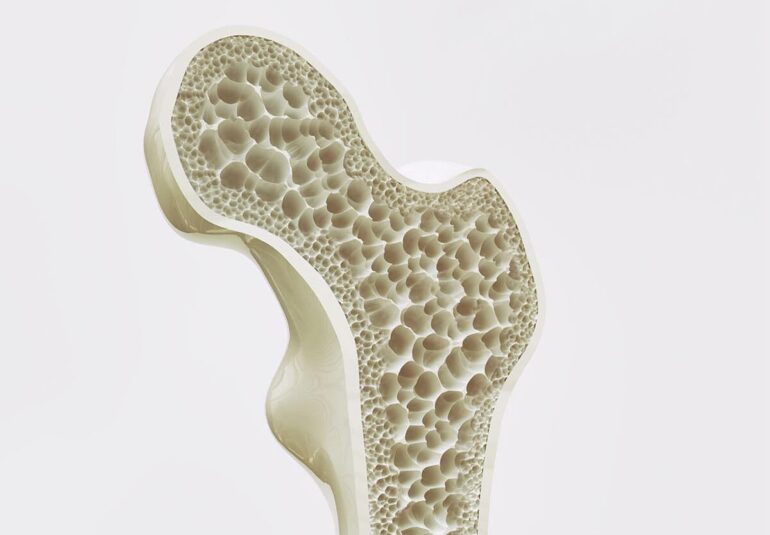TL;DR:
- Machine learning (ML) algorithms can predict osteoporosis in rheumatoid arthritis (RA) patients.
- Study highlights four ML algorithms’ performance: logistic regression, random forest, XGBoost, and LightGBM.
- XGBoost demonstrated the highest predictive accuracy, while random forest excelled in F1 score.
- Key predictive factors identified: monthly income, education, surgical history, and marital status, in addition to age and BMI.
Main AI News:
In the realm of modern healthcare, machine learning (ML) algorithms have emerged as invaluable tools for revolutionizing various clinical practices, including disease classification, risk assessment, and treatment response evaluation. Yet, while these algorithms have been widely utilized to predict osteoporosis and fractures in the general population, their application to patients with rheumatoid arthritis (RA) has remained relatively unexplored.
In a recent study published in Nature Scientific Reports, Chaewon Lee and a team of researchers from Kangwon National University, South Korea, have illuminated the potential of ML algorithms in predicting osteoporosis among RA patients. This groundbreaking research not only highlights the effectiveness of ML in the realm of RA but also identifies novel predictive factors that could reshape how healthcare professionals approach osteoporosis diagnosis and management in this specific patient population.
The study’s methodology involved the evaluation of four representative ML algorithms: logistic regression, random forest, XGBoost, and LightGBM, each possessing distinct trade-offs in terms of speed, resource utilization, and susceptibility to overfitting. These algorithms underwent rigorous assessment through a fivefold cross-validation process, with performance measured in terms of accuracy, F1 score, and the area under the receiver operating characteristic (AUC) curve.
The F1 score, described as “the harmonic mean of precision and recall,” and the AUC measure, primarily used to address accuracy limitations when dealing with disparate class distributions, served as critical benchmarks for assessing the algorithms’ predictive power.
Drawing from data collected from 2,374 adult patients with RA between July 2009 and March 2012, the researchers uncovered that the predictive accuracy of osteoporosis among the four algorithms ranged from 0.0678 to 0.682. Impressively, the XGBoost algorithm demonstrated the highest predictive accuracy, while the random forest algorithm excelled with the highest F1 score, reaching 0.705. The AUC measures also provided valuable insights, with logistic regression scoring 0.75 (95% CI; 0.717-0.783), random forest achieving 0.747 (95% CI; 0.715-0.781), XGBoost recording 0.749 (95% CI; 0.72-0.779), and LightGBM registering 0.744 (95% CI; 0.715-0.772).
Notably, the logistic regression model emerged as the standout performer in terms of predictive capabilities, while the other models exhibited similar proficiency. Intriguingly, the ML model revealed predictive factors for osteoporosis that extend beyond conventional criteria such as age and BMI. Monthly income, education, surgical history, and marital status were identified as influential variables in predicting osteoporosis among RA patients, shedding new light on potential risk factors and paving the way for more comprehensive patient assessments.
Conclusion:
Chaewon Lee and colleagues’ pioneering research showcases the transformative potential of ML algorithms in enhancing the detection of osteoporosis in patients with rheumatoid arthritis. This not only marks a significant stride towards personalized healthcare but also underscores the ever-evolving role of artificial intelligence in the medical field. As ML methods continue to evolve, they hold the promise of providing invaluable support to healthcare practitioners, ultimately leading to more accurate and timely diagnoses for patients with RA.

